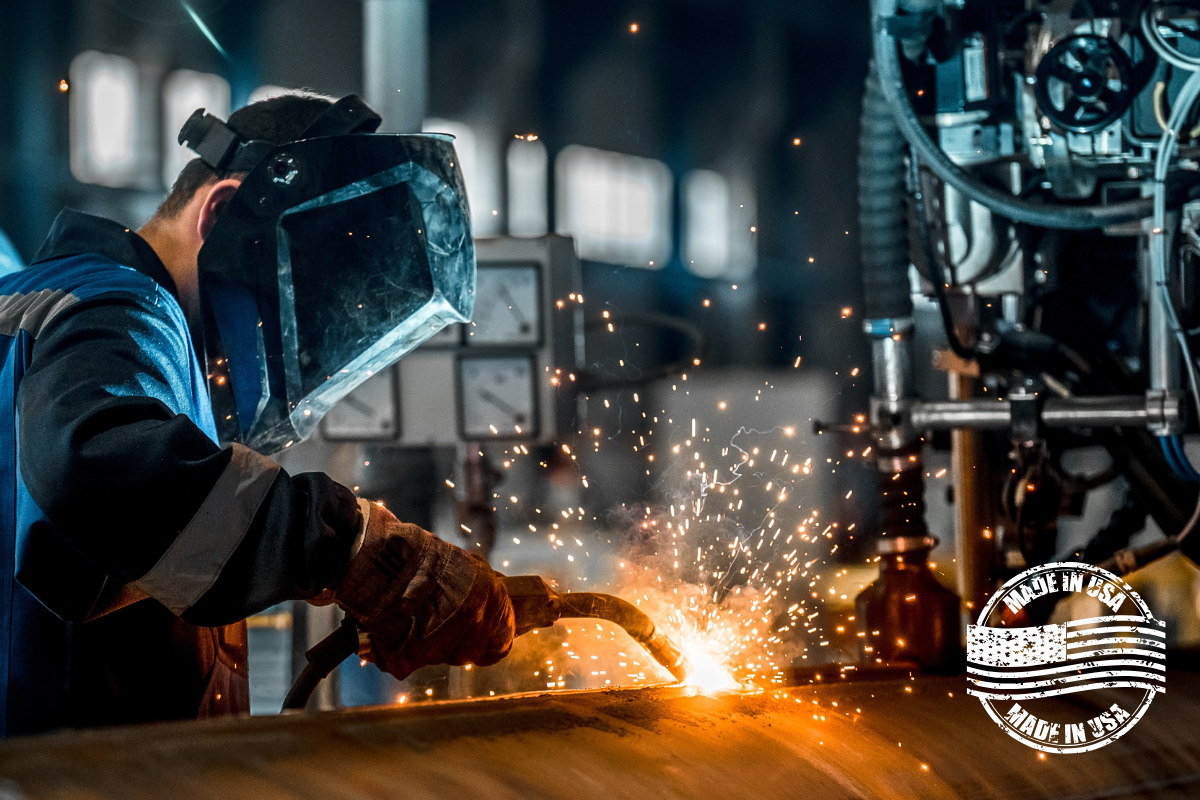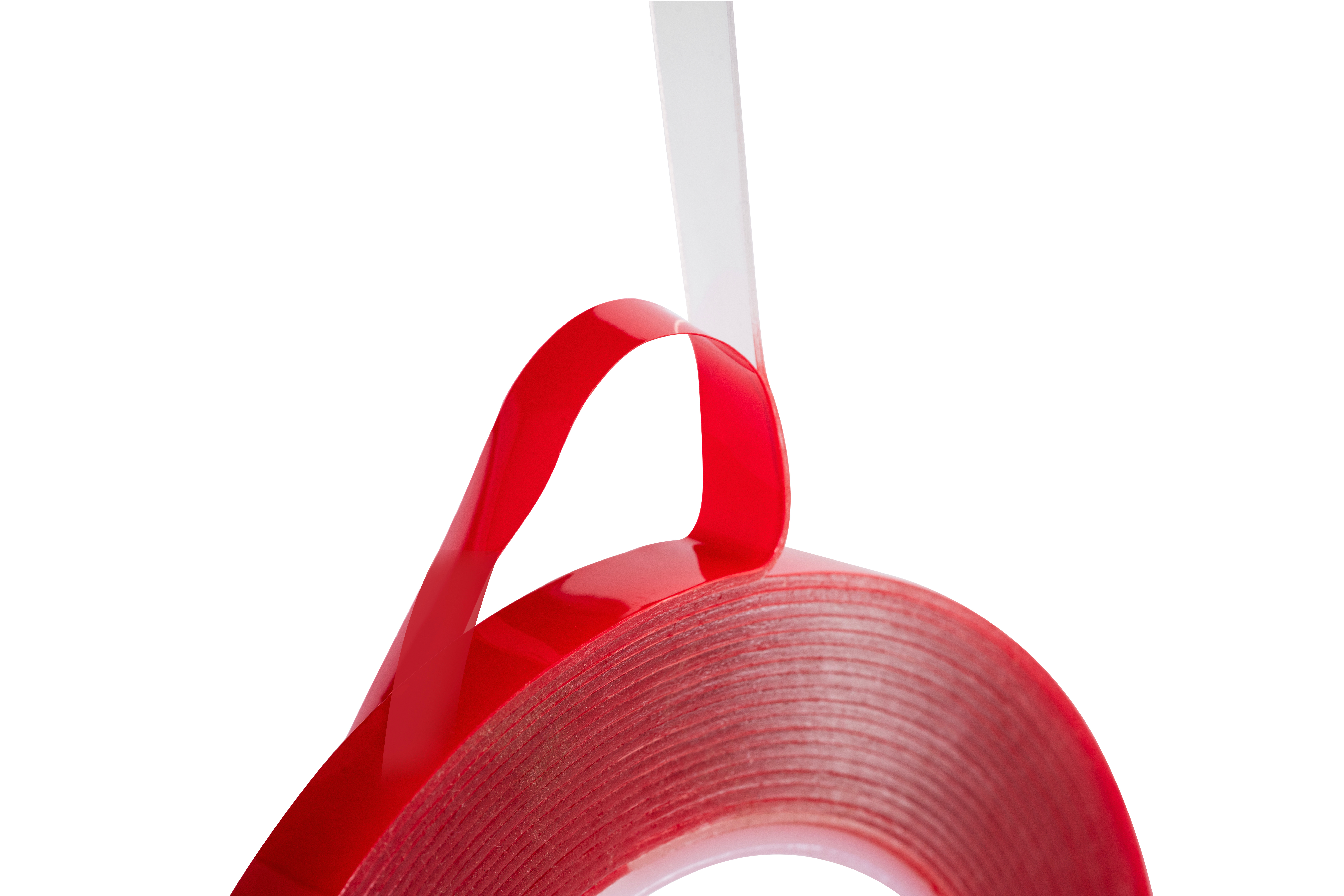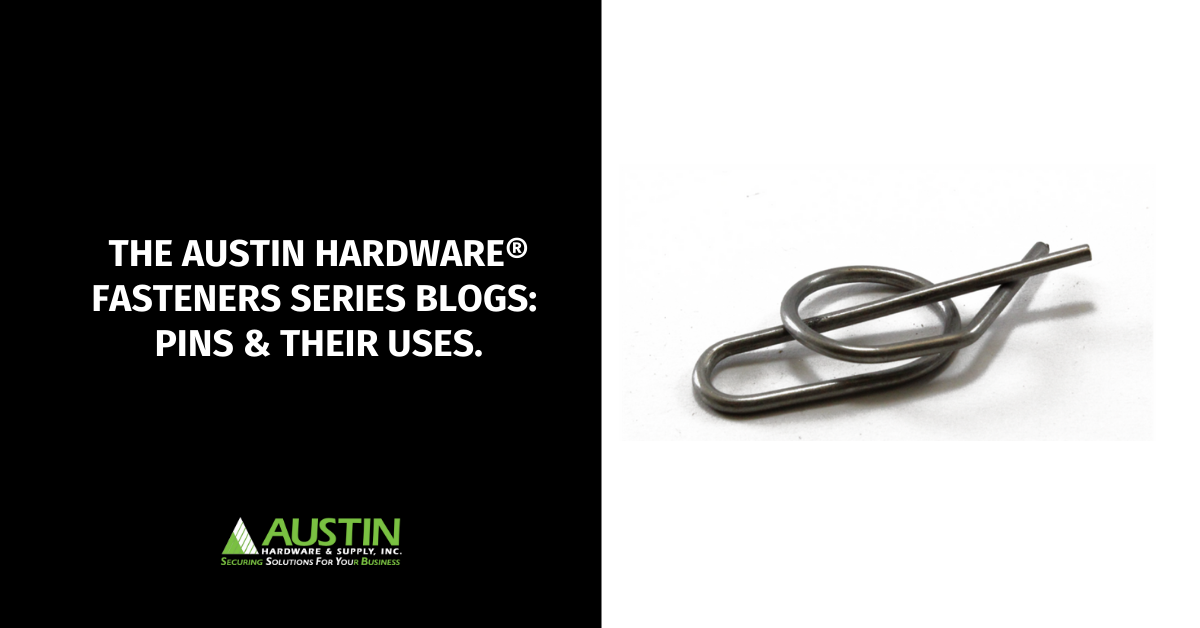
Industrial Pins are an essential type of fastener with many uses. They are designed to resist 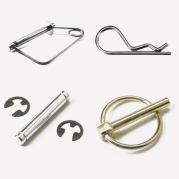 shear and torsional forces.
shear and torsional forces.
Engineering360 defines industrial pins as “… varieties of fastening hardware meant to couple, align, mount, assemble or penetrate two workpieces. The operation of the pin depends on design and employment…”
Roll-formed metal is commonly used in the manufacture of industrial pins for purposes of strength, precision, and functionality. The types of metal used run the gamut- hardened and unhardened steel, stainless steel, brass, Monel®, aluminum, and titanium are all fashioned into industrial pins. Plastic, as well as wood, typically used in furniture because they can be sanded, stained, and painted for decorative purposes, are also common materials used in the production of fastening pins.
Industrial pins are broken down into multiple category levels.
The two general categories at the highest level, which help us determine the type of product we’ll need to seek for our application are semi-permanent and quick-release.
According to ThomasNet, semi-permanent pins are press- or friction-fit, requiring tools to create additional pressure to install. These are often used in applications where a permanent coupling is needed, such as rotary and moving applications.
Quick-release types may use an integrated spring-loaded mechanism to lock them in place, providing required stability and safety, while allowing for more frequent removal. Applications for quick release pins vary greatly. They are often used to allow for adjustability, such as for weight on fitness machines or the height of legs on a small stand. They’re also used to provide stability to heavy industrial machinery that’s continuously running. Additionally, the act of hitching and towing farming, construction, or other industrial equipment makes use of a heavy-duty form of quick-release pin.
Further broken down to better define the types of pins available, according to Engineering360, there are five major categories:
- Dowel
- Spring
- Cotter Pins/Wire Clips
- Hitch and Linch Pins
- Locating and Fixturing Pins
- Specialty Pins
There are innumerable styles within each of these major categories, typically defined by form or function. We’ll take a look at just a few of each here.
Dowel pins are arguably the most common type of pin. They are used primarily for joining two 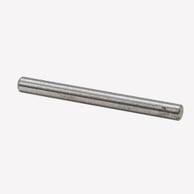 components together. As previously noted, they’re often made of wood and used in furniture and woodworking. There are many different types of dowel pins, including straight or drive, stepped, tapered, grooved, threaded, knurled, and many more.
components together. As previously noted, they’re often made of wood and used in furniture and woodworking. There are many different types of dowel pins, including straight or drive, stepped, tapered, grooved, threaded, knurled, and many more.
- Drive pins are a type of dowel. They are interference fit (a.k.a. press- or friction-fit), meaning they are slightly smaller than the hole in which they are to be inserted. These need to be hammered into place, providing a snug fit and increased stability. While technically removable, the intent is for more permanent applications.
- Groove pins are another type of dowel and are round with grooves that run vertically along the length of the pin. Also used for joining two components, the grooves improve the pin’s hold power by increasing surface area to better accept adhesives.
Spring pins are similar to dowels as they’re used to join two components together. Instead of being solid, they’re hollow and split, making them ideal for withstanding side loads and rotational friction.
- Roll/Slotted pins are roll-formed with a slot that runs the entire length of the pin to
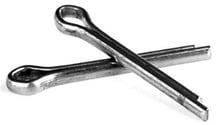 improve flexibility when inserting.
improve flexibility when inserting. - Coiled spring pins also create flexibility while maintaining uniform strength for equal stress distribution.
 Cotter Pins and Wire Clips are soft and flexible for use in conjunction with other pin types, such as hitch or linchpins. They’re often inserted into predrilled holes in a clevis pin to hold it in place. Circle, hairpin, ring, safety, and twist pins are just a few different styles.
Cotter Pins and Wire Clips are soft and flexible for use in conjunction with other pin types, such as hitch or linchpins. They’re often inserted into predrilled holes in a clevis pin to hold it in place. Circle, hairpin, ring, safety, and twist pins are just a few different styles.
Hitch and linchpins are used to retain a rotating device on its axle or prevent a wheel or other part from sliding off its shaft. Rings are often added to the end of the pin to facilitate easier release. Trailer hitches are a typical application.
often added to the end of the pin to facilitate easier release. Trailer hitches are a typical application.
- Clevis pins fit into this category and are designed to absorb lateral stress and rotate to allow freedom of movement for supported objects. As discussed, cotter pins are needed to keep the clevis from loosening. Clevises are often designed with multiple holes to allow for adjustment.
- Detent pins contain a hollow section with a spring that is
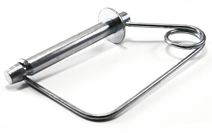 activated by pushing on ball bearings in the shaft to allow for adjustability.
activated by pushing on ball bearings in the shaft to allow for adjustability. - Tab Lock pins integrate a wire-lock mechanism into the pin. They are typically used when frequent disconnection and re-connection are a requirement.
Locating and Fixturing pins are press-fit but also removable and designed for small tolerances, and, as explained by Engineering360, “…are typically meant to be used in conjunction with a mating anchor or bushing.”
Specialty pins vary significantly in form and function because, as the name suggests, each is designed for specific applications. Examples of specialty pins include ejector pins, which push (eject) a part or material, and weld pins that are welded in place.
The types of pins we’ve discussed here are just a fraction of those available. If you need an industrial fastening pin but are not sure what exactly is best for your application, Austin Hardware® representatives can help find the solution.


